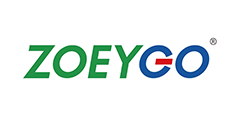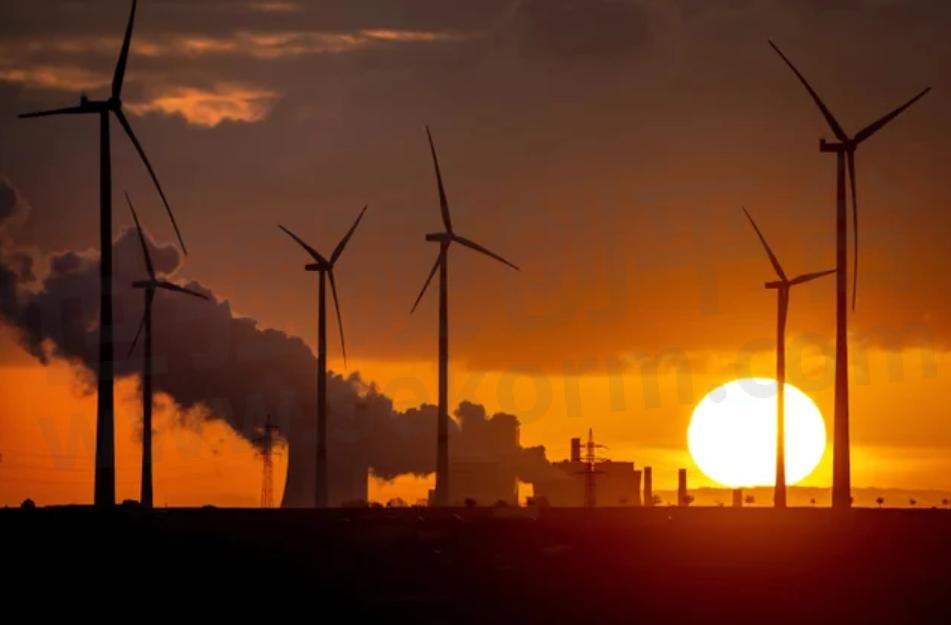Electric Power Series: Harnessing the Energy of Electricity

Electricity is an essential part of our everyday lives. From powering our homes to fueling our industries, electricity has become a fundamental resource. The ability to harness and utilize electrical energy has revolutionized the way we live and work.
The concept of harnessing electricity dates back to ancient times, with the discovery of static electricity by the Greeks. However, it was not until the late 19th century that electricity began to be generated and distributed on a large scale.
The first step in harnessing electrical energy is the generation of electricity. This is typically done through power plants, which convert various forms of energy, such as fossil fuels, nuclear energy, and renewable sources like solar and wind, into electrical energy. Power plants use generators to convert mechanical energy into electrical energy through electromagnetic induction.

Once electricity is generated, it needs to be transmitted and distributed to consumers. This is done through an extensive network of power lines and substations. The power lines carry high-voltage electricity over long distances, while substations are responsible for transforming the electricity to a lower voltage suitable for consumer use.
At the consumer level, electricity is used for a wide range of purposes. It powers our homes, providing light, heating, and cooling. It fuels our appliances, allowing us to cook, clean, and communicate. It drives our industries, powering machinery and facilitating production processes. Without electricity, our modern way of life would simply not be possible.
One of the key advantages of electricity is its versatility. It can be easily converted into other forms of energy, such as light, heat, and mechanical energy. This makes it highly adaptable and enables its use in a myriad of applications. From powering electric vehicles to lighting up our cities, electricity has become the backbone of modern civilization.
There has been a growing emphasis on harnessing electricity from renewable sources. This is driven by concerns about climate change and the finite nature of fossil fuels. Renewable energy sources, such as solar and wind, provide a sustainable and environmentally friendly alternative to traditional energy sources. By harnessing these sources, we can reduce our carbon footprint and mitigate the impact of global warming.
The development of electrical storage technologies has also played a significant role in harnessing the energy of electricity. Energy storage systems, such as batteries, allow for the efficient storage and utilization of electricity. This has enabled the widespread adoption of renewable energy sources, as excess electricity can be stored and used during periods of high demand or when the renewable source is not available.

Advancements in electricity generation and storage technologies are continuously being made. From the development of more efficient solar panels to the creation of high-capacity batteries, researchers and engineers are constantly striving to improve the way we harness and utilize electrical energy.
The ability to harness the energy of electricity has transformed the world as we know it. From the generation of electricity in power plants to its transmission and distribution, electricity plays a crucial role in our daily lives. With the increasing focus on renewable energy sources and advancements in storage technologies, the future of electricity looks brighter than ever. As we continue to harness the power of electricity, we pave the way for a more sustainable and energy-efficient world.
- +1 Like
- Add to Favorites
Recommend
- Efficiently Convert AC to DC with ZOEYGO Reliable 12V Converter Module
- Efficiently Power Your Devices with ZOEYGO 120V AC to 12V DC Converter
- Why Choose ZOEYGO DC-DC Converters?
- AC to DC Converter Available for Purchase in ZOEYGO
- Power Up Any Device with Zoeygo 12V AC-DC Converter
- ZOEYGO DC DC Converter DPX Series Is Widely Used for Its High Efficiency, Compact Design and Exceptional Performance
- Bidirectional DC DC Converter: A Solution for Efficient Power Conversion in Renewable Energy Systems
- AC-DC Switching Power Supply – A Comprehensive Guide
This document is provided by Sekorm Platform for VIP exclusive service. The copyright is owned by Sekorm. Without authorization, any medias, websites or individual are not allowed to reprint. When authorizing the reprint, the link of www.sekorm.com must be indicated.






























































































































































































































































































































































































































































































































































































































































































































































































































































































